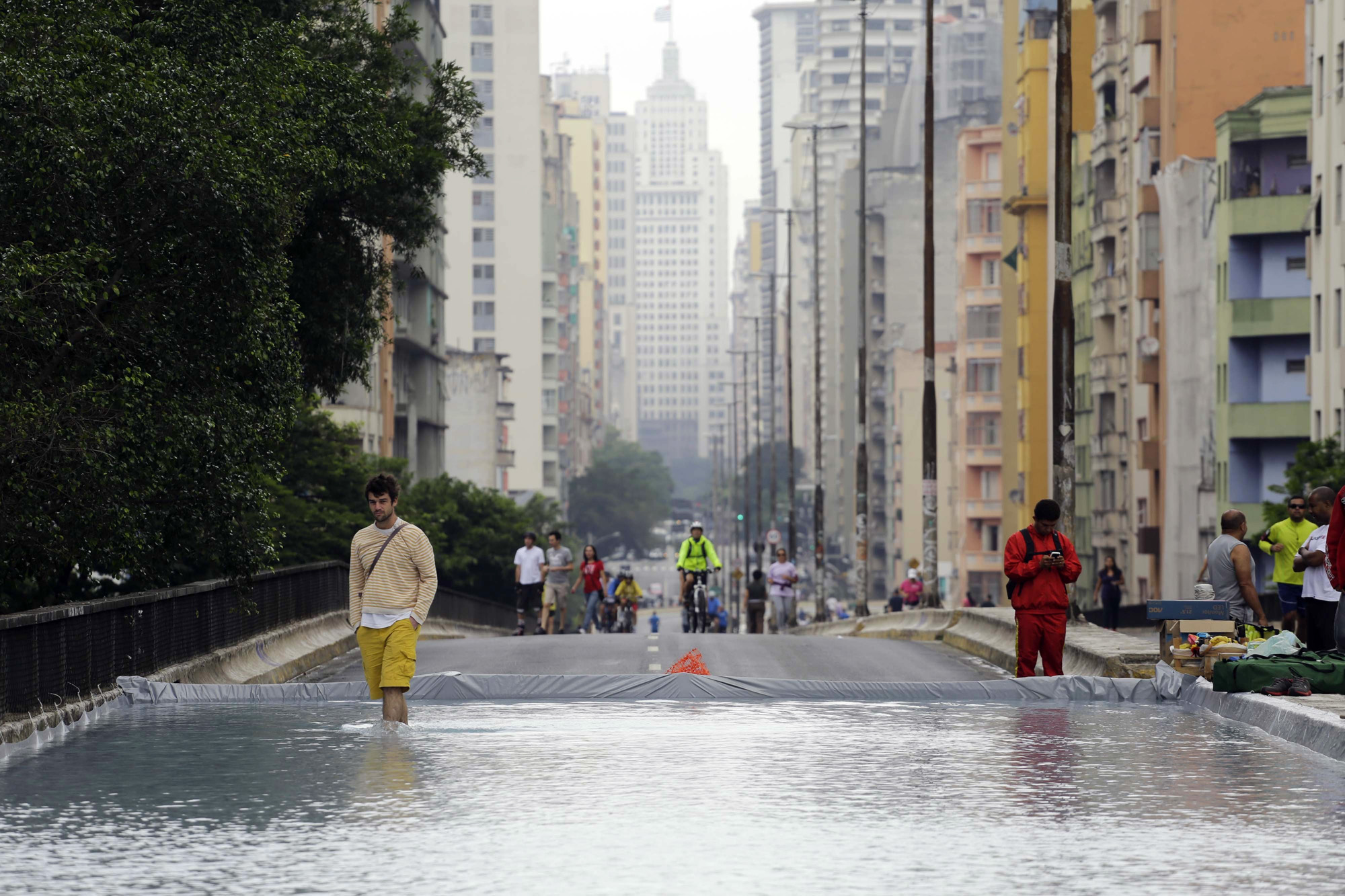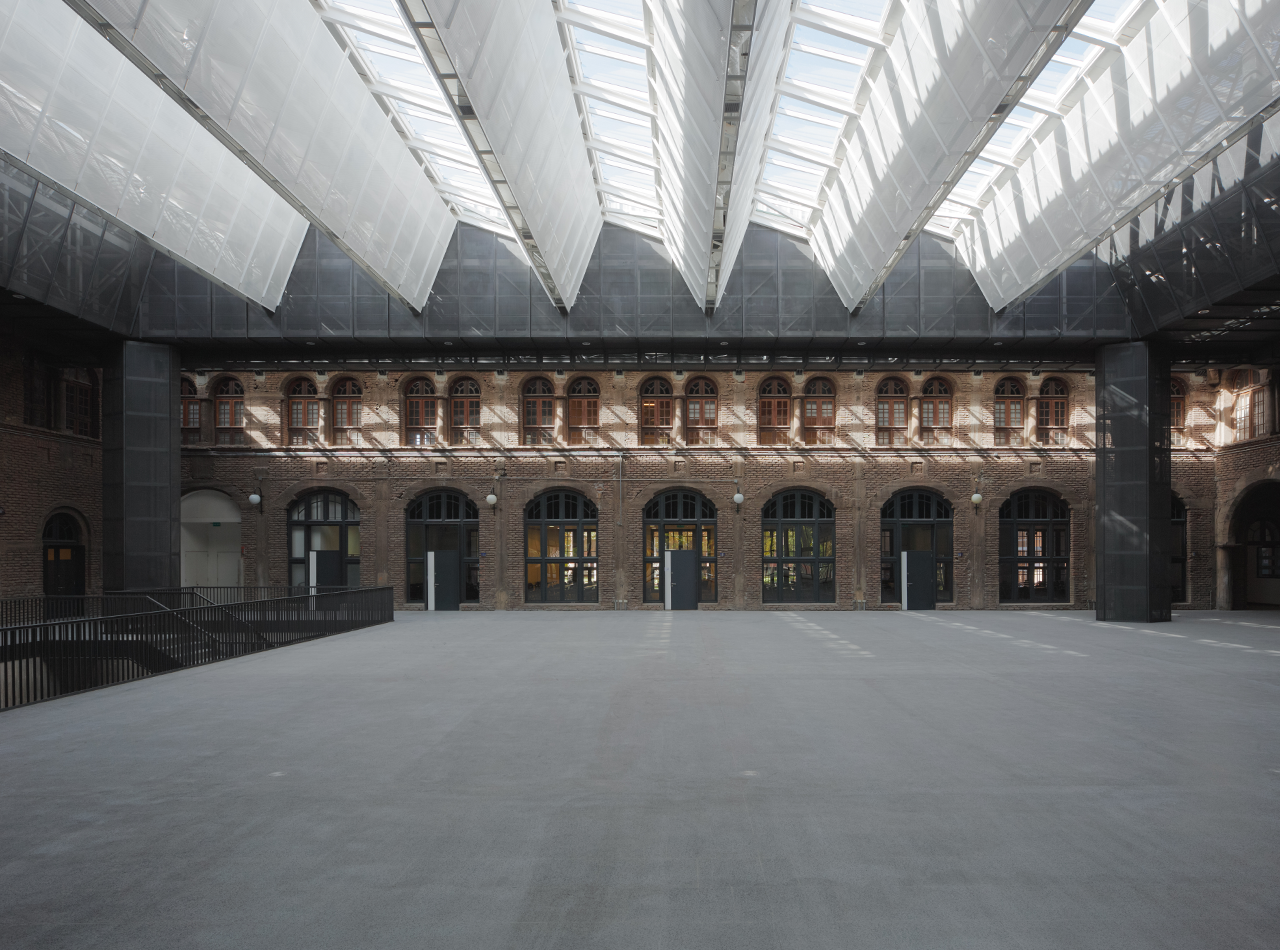Ariadna Cantis: How has the experience of living in other countries and studying in other schools influenced your education? How has this influenced your references and perspectives?
The Academy as a Practice
Juan Pablo Corvalán Hochberger is an architect from the École d'Ingenieurs de Geneve, Switzerland, and the Faculty of Architecture and Urbanism of the University of Chile, Master of Excellence in Architecture, Berlage Institute Rotterdam, The Netherlands, and PhD candidate at the Institute of Geography of the Pontificia Universidad Católica de Chile (PUC).
He is co-founder of Supersudaca, an international group of reflection and urban research and architecture, and of Susuka, the practical version of architecture in Chile. He is co-affiliated with the sound and space project Sindicato de Urbanistas Planetarios. He is currently dean of the Faculty of Architecture, Animation, Design and Construction at the Universidad de Las Americas (UDLA) in Santiago, Chile.
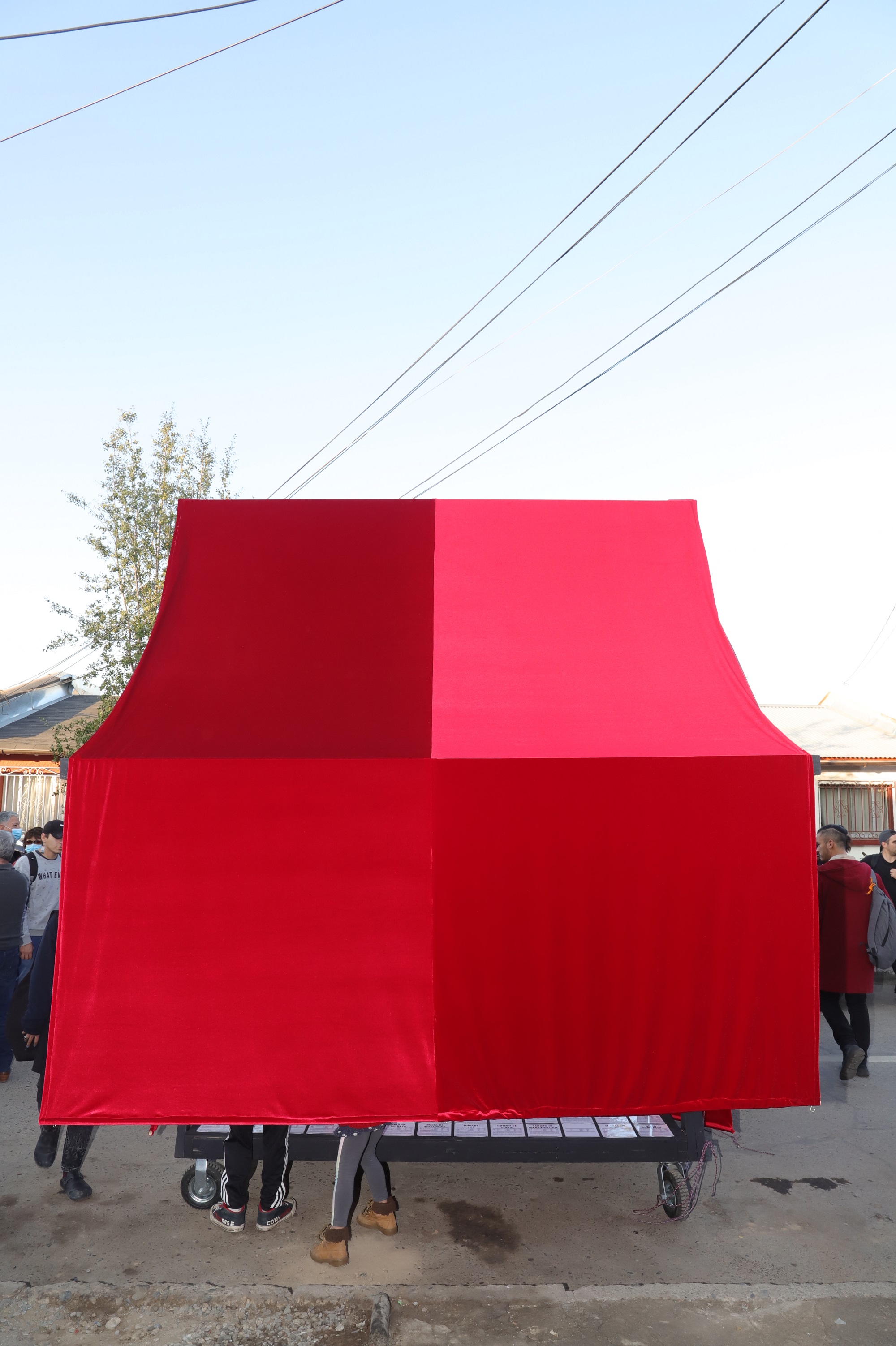
Juan Pablo Corvalán: The fact of having different experiences makes our syntheses different, with a different sensibility. I find it very curious to connect with my generation, perhaps I feel more comfortable with the younger generations because I’ve made the reverse journey. In general, what happens in the Chilean case with the peers I have here is that they study at a university in the country, apply for a scholarship, go abroad for their master's degree, and eventually stay or return. Thus, their experience is local and then begins to globalize. My case is the opposite. I was born in Switzerland and studied there. I was in Chile for a period, lived in Canada and Paraguay, came back, did my master's degree in Holland, and now I am finishing my doctorate in Chile. I’m confronted late with the Chilean academy, later than my peers. And I notice that sometimes there is more dogmatism here, a certain colonial reminiscence, and less openness than in Europe, for example. One would think that it’s the other way around. Latin America, being a laboratory, I imagined that there would be a greater predisposition to open and experimental topics—which there is, but it’s the exception and not the rule.
This experience forces you to have a more critical, but at the same time, a more inclusive vision. I think that having the good fortune of living multiple experiences defined my perspective and allowed me to incorporate a certain tolerance, and at the same time, to be motivated to integrate and pursue what one does and makes sense. I’m definitely a quiltro—a mixture—and it’s difficult to escape from that.
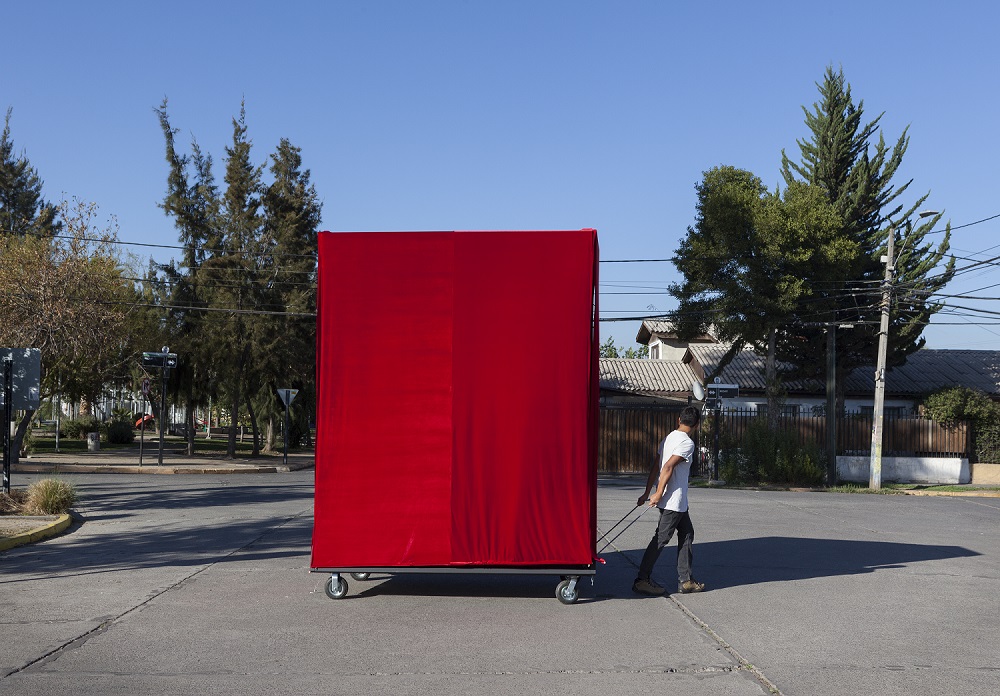
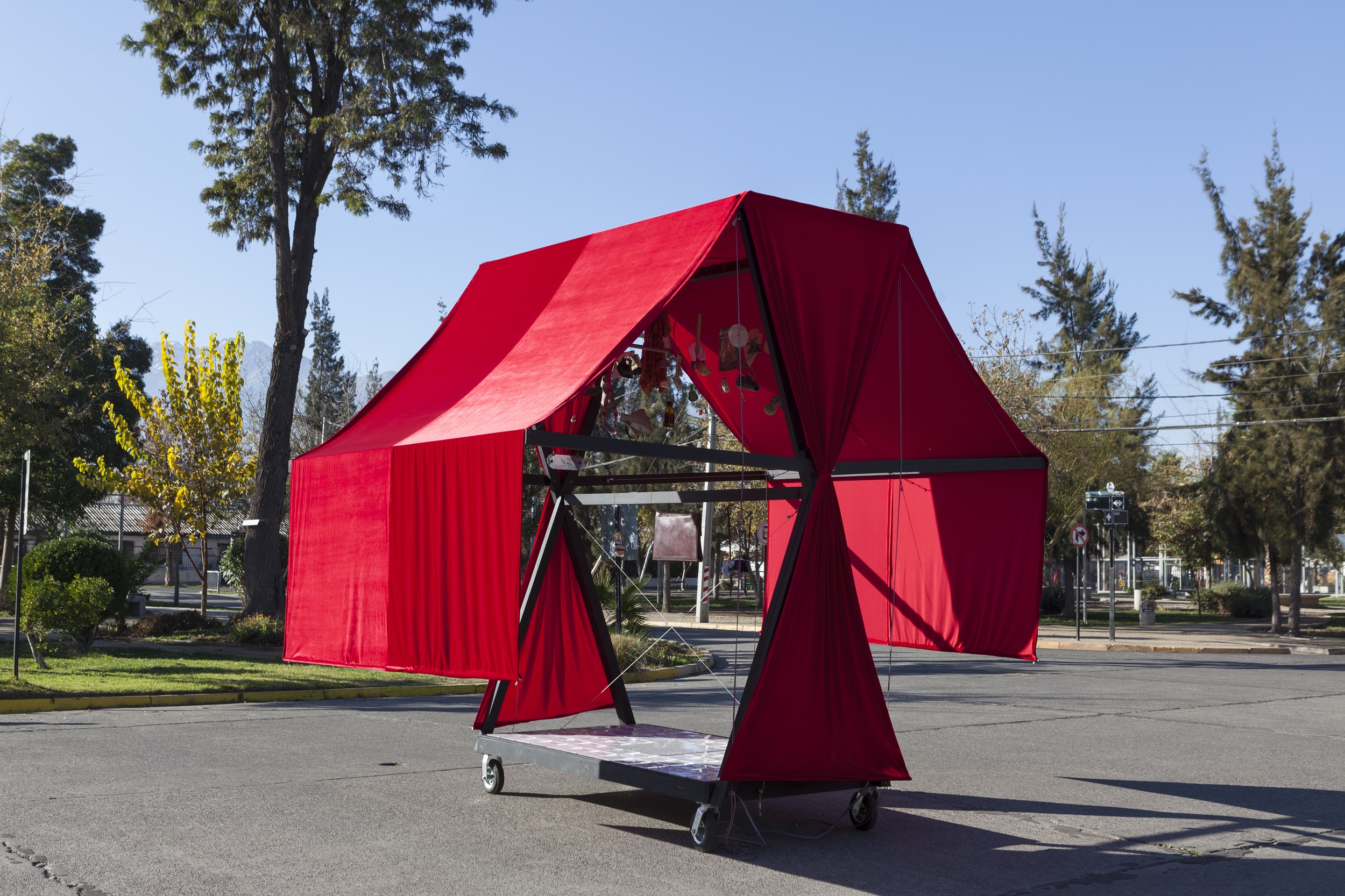

What is the current status of the Supersudaca collective?
Supersudaca was and still is something primordial for me. It shifted from being a group that was involved in processes of manifestation of the state of the art of architecture, the city, and urbanism, to a group of friends. We never disbanded. We’re still in permanent contact. They are the people I respect, love and appreciate the most in my environment. Curiously, we live far apart, but they are the people I miss and admire the most. The Supersudacas are the ones I turn to if I have any deep doubts, in any field, and of course, in architecture. Supersudaca lives inside each one of us. There is always some project or initiative that brings us together. For me, Supersudaca continues to be fundamental and I believe it participates in every step I take.
The UDLA School Project
You are currently dean of the School of Architecture of the Universidad de Las Americas (UDLA). What does it mean to be an architect today?
There is a disciplinary aspect that I perceive, particularly in Chile. We architects have been affected by a crisis of disciplinary identity in recent decades. There is much energy devoted to reaffirming disciplinary aspects to the hilt. Often, these basic aspects are difficult for civil society in general to understand, and it is even unnecessary for them to understand them. Thus, we remain isolated in a disciplinary insecurity, rather than in a more active participation and role in politically transversal aspects. With this diagnosis, the key to architecture today is that it has to connect with the challenges of the society that it is part of. This vision of the approaches to training is what mobilizes us: we share it in Supersudaca, with my academic colleagues, and with more and more architects. It can be affirmed that every architect has a complex connection with his/her context. There is something in the pedagogy, in their professional training, that establishes this relationship to a greater or lesser degree. This connection is complex because the production of architecture involves a series of processes where society is reflected. If society is unjust, unsustainable and unequal, this condition is manifested spatially and affects the posture when it projects, in whatever field. Here is the challenge, the key in architecture is how to problematize this connection with society and the space in which it is developed.
How can concrete progress be made? It is necessary to raise, reflect, and act again. Action is what distinguishes us from other disciplines that also question space with its complexities. To be able to propose an idea about space from that reflection and action is a critical characteristic of architecture.
Along this reading, taking up the question of what is the idea of architecture today, when the idea that "the best building is the one that isn’t built," replicated by the new generations as a slogan, is already installed. This comes from the environmental crisis, since construction, wherever you look at it, is one of the most polluting issues on the planet. So, we’re in a complex and critical situation. This forces us to think, to reflect on how we can act differently. If the premise is that the best building is the one that isn’t built, and our definition of architecture during the twentieth century was that of “the art of building,” a conceptual and epistemological problem becomes evident. This is where a more open conversation is needed. I am precisely resorting to how other disciplines related to the study of space and society, such as human geography, urban sociology, ethnographic anthropology, and sound art, to name a few, analyze these issues. It is with these concerns that I approach my academic work.
If 20th-century architecture was “the art of building,” 21st-century architecture can be “the art of social space.”
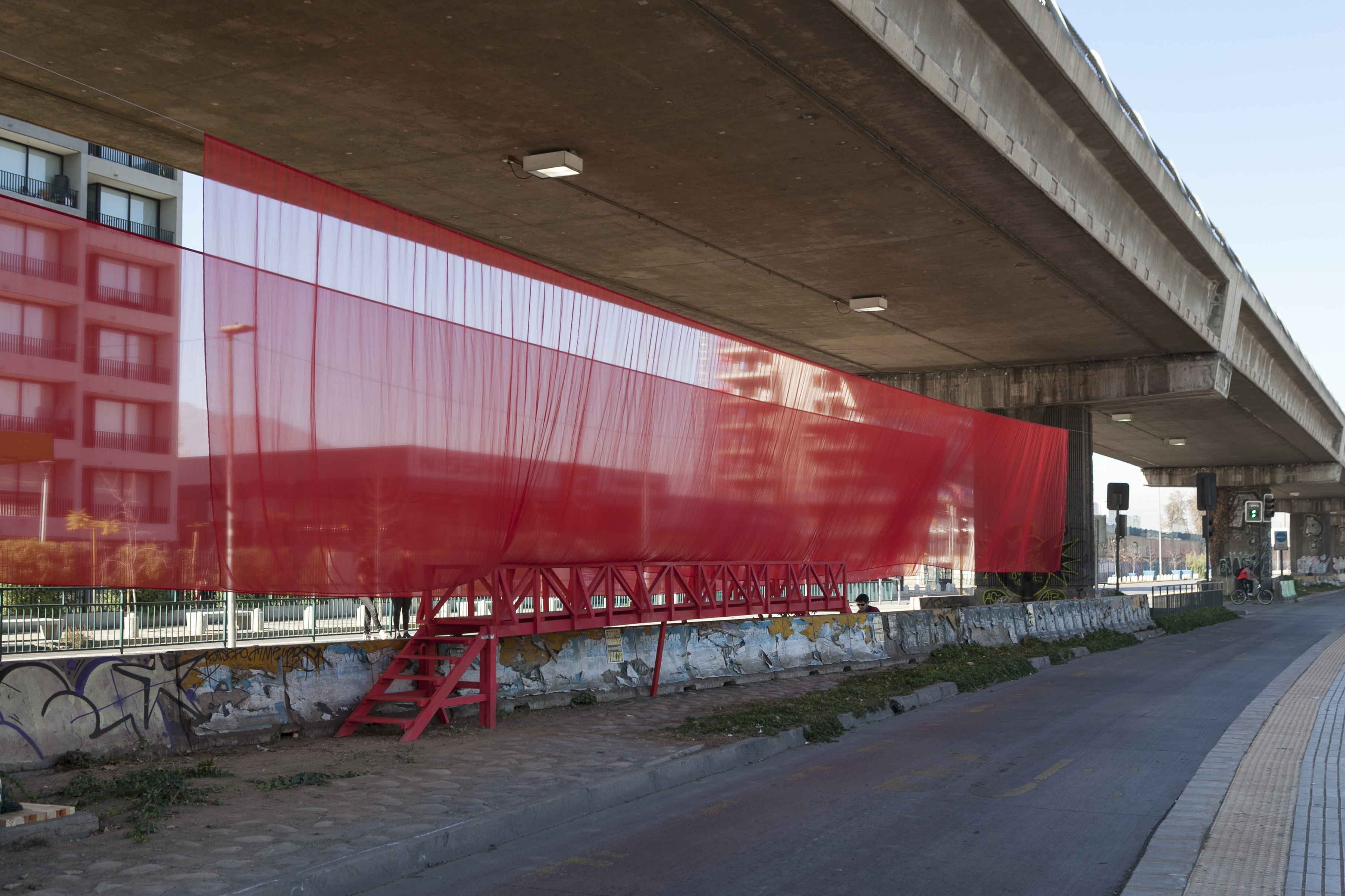

What are the fields of action of post-simulation?
My training as an architect, at the turn of the century, was based on simulation. By means of representations, drawings, models, and even 3D renderings with the digital advance, a supposed professional reality was promoted. A diploma was achieved by a cumulus of simulations. Now we’re in a new paradigm. What would be these fields of post-simulation action to approach the social? This, indeed, is the great shared question. What has been put forward as an answer in the UDLA academic project, as a hypothesis, is the framework of a spatial academy of critical practice. Under this framework, a world of disciplinary conflicts is awakened, because it is stated that training is not precisely the moment of simulation to prepare for a later professional reality. This statement is curious because we live in a reality. Our students live in a reality. It would be like continuing to promote dissociation. The possibility of a “practical academy,” or this spatial critical reflection, allows this contact with reality. It allows a dialectic, it allows us to say “I am interested, precisely, in sharing this or that problem collectively.” Instead of simulating it and waiting for some sophist to come and evaluate whether it is right or wrong, we act and test it directly. It’s worth saying that there are other possibilities, more linked to a community, linked to more complex problems than those you can face locked up in the school of architecture. The tools are delivered and tested together, this is what is meant by the hypothesis of a “practical academy.”
Self-critically, for the moment, these initiatives are limited to a certain scale; this is where another challenge to review is presented, to investigate if there is any experience of a larger scale, and to enter another area of discussion.
This is the current hypothesis, the experience of the art of social space. Clearly, our students are living other possibilities, another world. As I commented earlier, in the Latin American context, it is clear that there is a lack of greater spaces for conversation. Spaces to be able to understand the other without being exclusive, to resist the fragmentation of the urbanization process. As a practical academy, it is built with other materials: with sound, with temporary actions that mark a diagnosis and a significant process. If it is simulated, it is to build a spatiality; it is built collectively, more than in any other training field. It is even built more than in the archetypal training to make a simile of the architect of the so-called Chilean golden generation. Passing a threshold from the material to the spatial.
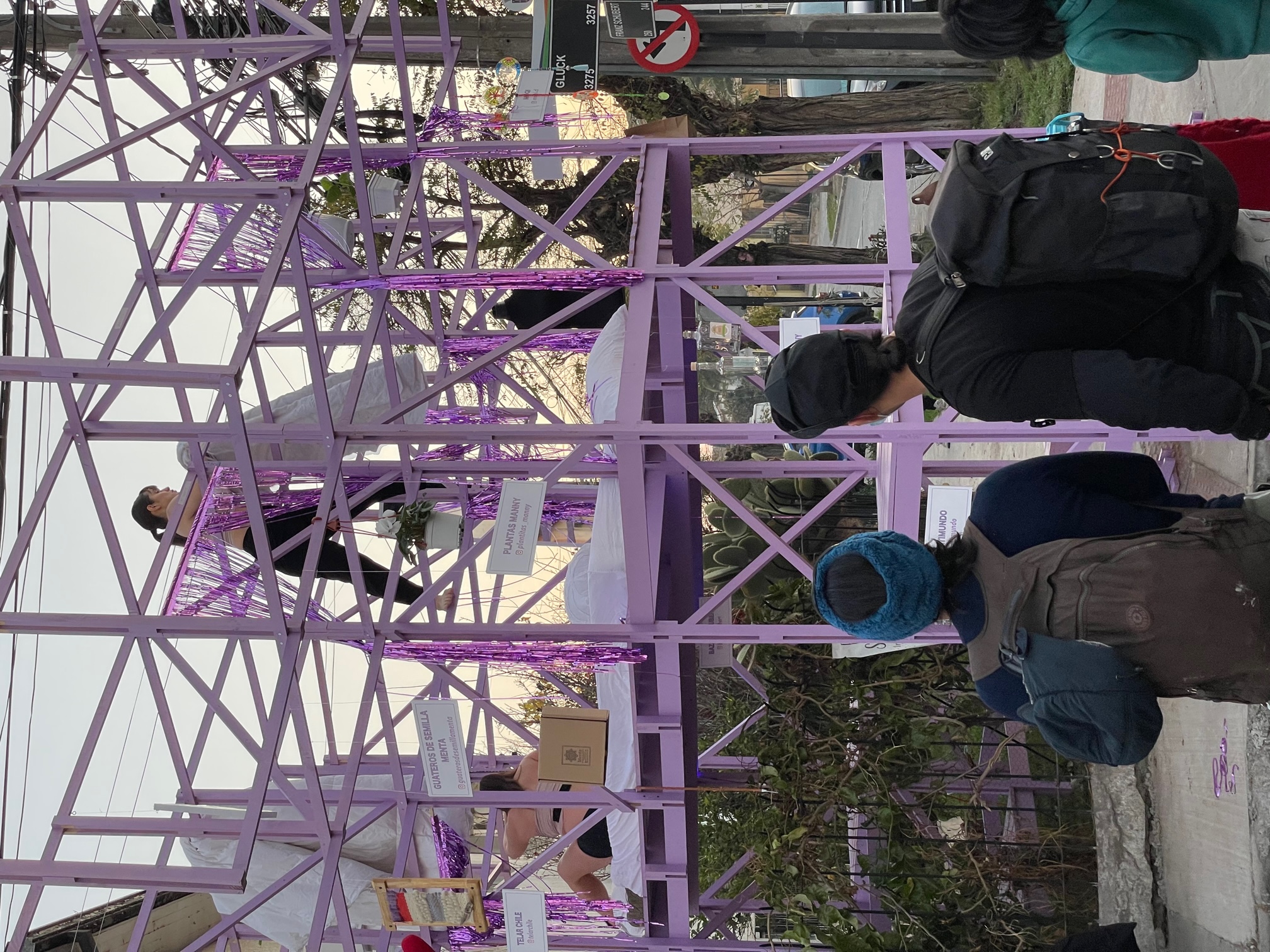
The Academy as a Practice
What is the contribution of architecture to society?
To rethink architecture's contribution to society, one can begin by dissolving the perceived division between theoretical academia and practice. Integrating both spheres, thinking and doing, allows architects a deeper understanding of professional practice and social engagement.
What is the contribution from UDLA?
In Chile, the UDLA School of Architecture seeks to test academia with practice through tangible projects that address urban socio-spatial issues of real communities. Architecture has witnessed an awakening to go beyond the four institutional walls. Rather than a radical alteration to traditional architectural pedagogy, the proposal of an academy-practice framework provides a renewed respite from classic disciplinary tools and agendas. The academy as a practice produces a more complex dialectical relationship between training and profession, providing students and teachers with greater experiences to face the challenges of the 21st century.
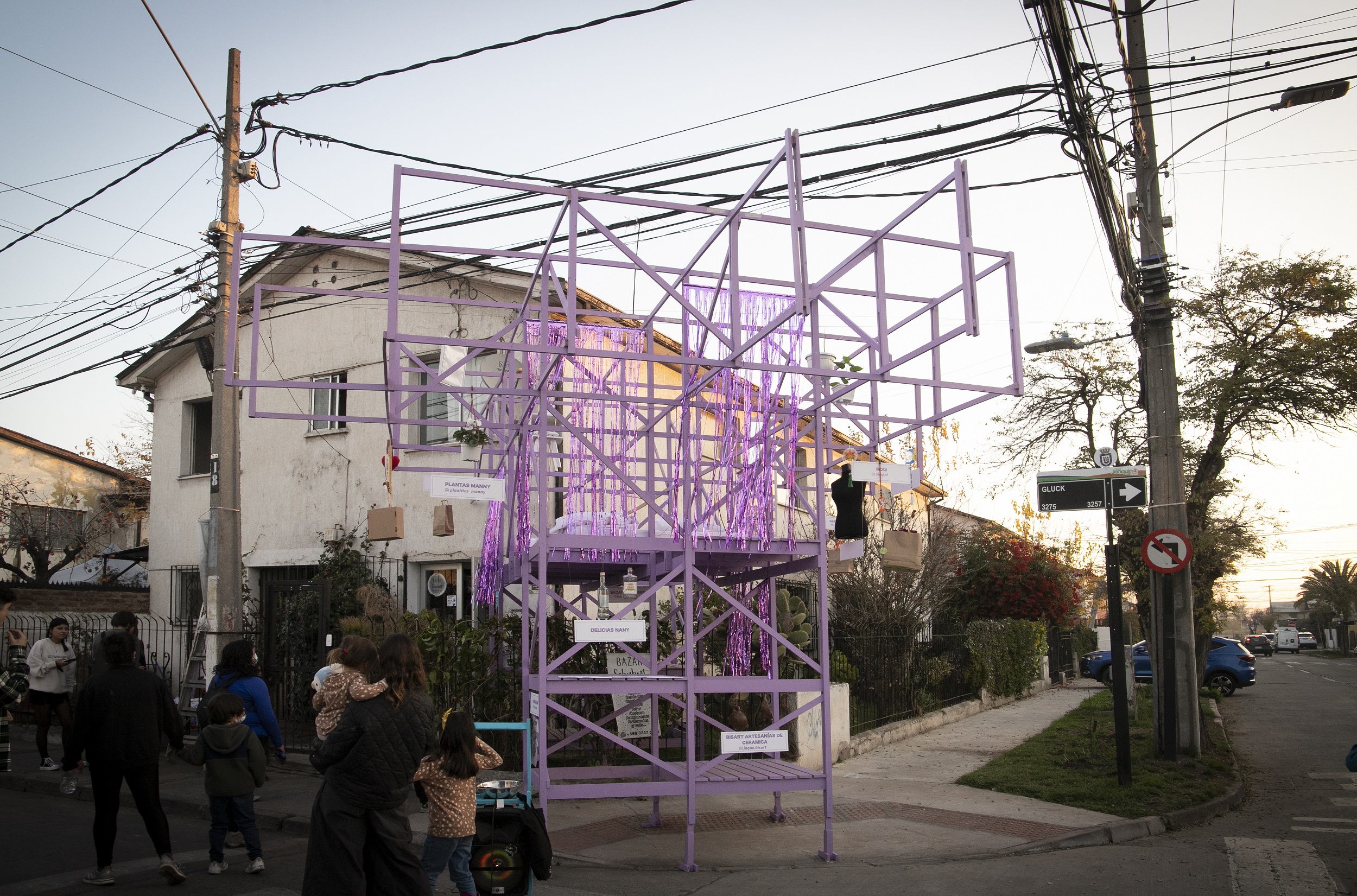
Why is it pertinent to review how architecture professionals are trained and how the disciplinary debate is nurtured?
It is proposed that the academy should be engaged with and fed back by reality... It is precisely this kind of thoughtful and active dialogue that we define as 'practical academia.' This definition proposes a framework to address the complexity, topics and challenges of the present urban society in relation to architecture. For this dialectical process, we resort to a framework of discussion present in the critical urban theory of authors such as: Henri Lefebvre, specifically two of his books: The Right to the City (1968) and The Social Production of Space (1974). We make use of the urban theories of researchers such as David Harvey (2012), Jane Jacobs (1961), Neil Smith (2008), Andy Merrifield (2002), and Neil Brenner (2014).
Additionally, the theoretical framework is complemented with the vision of socio-praxis and the methodologies of Tomás Villasante (2000), with the practical research regarding the right to the city and the commons of Ana Sugranyes (2010), and the artistic processes brought to the field of research of the actress and performer María José Contreras Lorenzini (2018).
What is the disciplinary background?
The experiences of architecture schools that have allowed the construction of a brief epistemology of the academy as a practice have recognized references in the United States, Europe and Latin America. As an outstanding example, we can mention the Taliesin School of Architecture, founded in 1932 by Frank Lloyd Wright, where, for example, in an exercise, each student had to build a shelter to spend the night in the desert. More recently, in 1993, along the same line, The Rural Studio carried out a project with communities at Auburn University in Alabama, USA, in an institutional way. In Europe, the work of Raumlabor stands out, proposing its own performative academy: The Floating University, in Berlin. It would be important to mention some examples in Spain, such as the Zuloark collective and Santiago Cirugeda's Recetas Urbanas. In Latin America, the work of A77 in Argentina and Al Borde in Ecuador are noteworthy as efforts specifically linked to academia. In Chile, probably the most recognized academic project is that of the School of Architecture of the Catholic University of Valparaíso, which founded the Open City of Ritoque, in 1971, where students and professors self-built their housing and common life (Verdejo, 2018). Recently, the case of the School of Architecture of the University of Talca, founded in 1999, undoubtedly with an important influence of the afore-mentioned, has conceived through vertical workshops and its degree projects a material contribution to the landscape of the Chilean Central Valley (Uribe, 2013). However, there is a striking common trait in both Chilean architectural educational projects: they seem to mark a distance from urban processes and a slight or null approach to multidisciplinary methodologies. This is a matter that has been left pending in favor of promoting material and tectonic work in their experimentation.
What does the Community Intervention program consist of?
Students interrelate the teaching-learning model of the university—the theory—with diverse contexts of segregation and urban inequality in the city of Santiago de Chile—the social reality. This allows students to put into practice what they study in the classroom, contributing to the inclusion of communities and learning from the neighborhood's own processes, in a bidirectional and multidisciplinary process.
How is this put to the test?
The testing of the hypothesis of the academy as practice with the Community Intervention program consists of a period from 2017 to date. Four initial years, during which end-of-degree projects have been carried out in central and peri-urban neighborhoods of the city of Santiago.
What would be some cases and their scope?
The academy as a practice means much more than thinking and building architectural projects. It is a means of spatial production where architecture students at some points dilute their capacity as "specialists" and become part of a flow of experiences that allows them to incorporate narratives, morphologies and behaviors that, in many cases, are invisible in the training processes of architecture.
